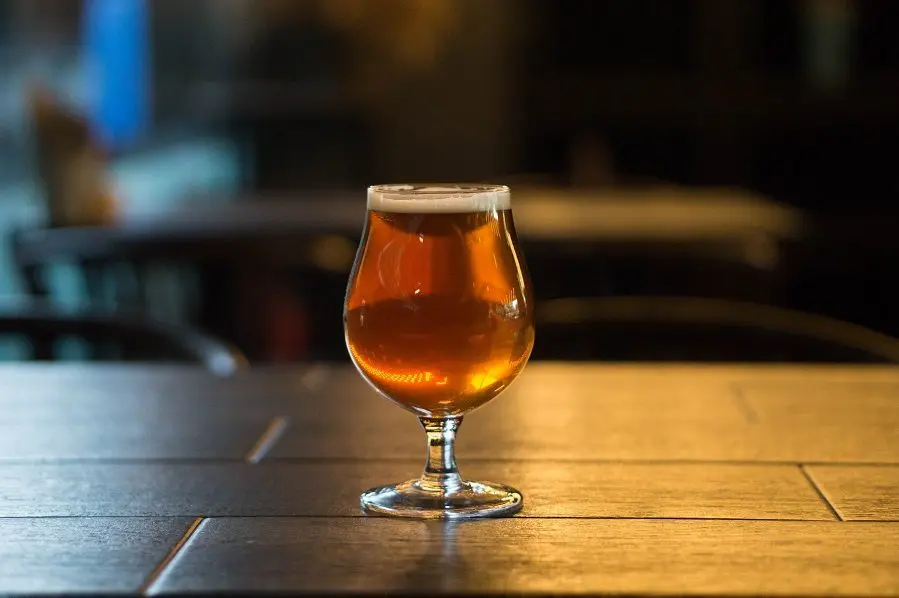Not exactly a single style with a clear set of characteristics – this is more often called the strongest ale in the range of craft breweries. It differs from its English counterparts in the use of American ingredients and great hopping. The first example appeared in 1975, and the brand, which became the style standard, was launched on the market in 1983.
Various names are allowed, such as simply “barleywine”. A distinctive feature is intensive hopping and increased degrees. The aroma has tones of citruses, fruits, resins, but this depends on the hops used – there may also be nuances of earth, flowers, spices. The hop profile does not drown out the malt, but only emphasizes it. The malt profile comes through with notes of caramel and bread, with a slight hint of fruity esters.
The main accents of taste are malt and hops, the finish varies from sweetish to dry. Bitterness necessarily dominates in the bouquet.
The color of the American Barleywine varies from amber to brownish with a red tint. In the glass it forms an unstable, but sometimes plentiful foam. When cooled, the drink becomes cloudy, but in its normal state it remains transparent. Due to its high viscosity, it leaves thick streaks on the walls of the glass.
This is a full-bodied ale with a pleasant velvety texture, alcohol warms but does not burn. The drink can be sweet, but not cloying. Carbonization is light, almost imperceptible.
The style is made on the basis of light malt with the addition of special varieties. The dark color does not come from the use of dark malt, but from a long boil. Hop varieties are left to the discretion of the brewer, but New World hops and American yeasts are preferred for the American variation.
American Barleywine differs from English by being more hoppy and less dark in color. Compared to a double IPA, it is more drinkable and full-bodied.

Strength: 8.0-12.0%.
Density: initial 1.080-1.120, final 1.016-1.030.
Bitterness Index: 50-100 IBU.
Color: 10-19 SRM.









